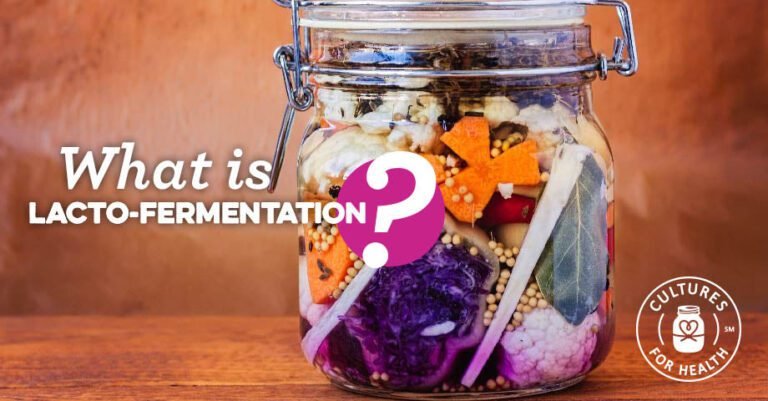Lactofermentation is a process as old as life itself and is essential for food preservation and quality improvement..At some point, humans learned to guide the process to repeat particularly palatable results. This process has been passed down through generations, creating a national dish that is loved by people. The most familiar fermented foods are made using lactic acid fermentation.
Bacteria and lactofermentation
Although many people associate the term fermentation with alcoholic beverages such as beer and wine, it is bacteria that drive the process of lactic acid fermentation. The term “lacto” refers to a specific species of bacteria, the genus Lactobacillus. These bacterial strains are found on all plant surfaces, especially those that grow close to the ground, and are also commonly found in the gastrointestinal tract, mouth, and vagina of humans and other animals.
Lactic acid bacteria exhibit the ability to convert sugars into lactic acid, which is an important element in the lactic acid fermentation process. These bacteria, named for their discovery in milk fermentation fluids, readily convert lactose and other sugars into lactic acid. However, lactic acid fermentation does not necessarily involve dairy products.
Lactic acid is a natural preservative that inhibits the growth of harmful bacteria. (Click here for details)Preserving food through lactic acid fermentation.) In addition to its preservation benefits, lactic acid fermentation increases or maintains the vitamin and enzyme levels and digestibility of fermented foods. Additionally, lactic acid bacteria organisms are being intensely studied for potential health benefits.
Click to download your lacto-fermentation guide and recipe book now Dig deeper into what lactofermentation is and how you can incorporate it into your lifestyle. It’s packed with information on various fermentation recipes, the benefits of lactic acid fermentation, and how to get started.
The world of lacto-fermented foods
Make delicious fermented vegetables at home with the DIY Fermented Vegetables Kit! This kit is also great for making kimchi, sauerkraut, and more. Equipment in the kit may differ from the photo. Kit includes: Half gallon fermentation jar Airlock lid with rubber grommet Ceramic fermentation weights Celtic sea salt Recipe card Instructions…
The diets of all traditional societies include some type of lactic acid-fermented food. Europeans consume lactic acid-fermented dairy products, sauerkraut, grape leaves, herbs, and root vegetables. Alaskan Inuit ferment fish and marine mammals. The Orient is especially known for its pickles, sauces, and kimchi. Agrarian societies in Central Africa are known for their porridge made from sour grains.
Pickles and relishes are part of America’s food tradition. Since the advent of industrialization, most pickling is done using vinegar, which gives more predictable results, but not lactic acid. With a little patience, guidance, and minimal supplies, you can learn the time-honoured art of lactic acid fermentation.
The important thing is not to be afraid of lactic acid fermentation. Fermented foods are some of the safest foods you can eat, unless they smell obviously rotten (in which case common sense suggests you should throw them out). It’s easy to prepare, even for beginners, and it won’t take long to gain enough confidence to venture beyond the basics. yogurt or sauerkraut Infinite diversity vegetables and fruits, drinks etc.
Let’s try fermenting vegetables using Lacto
Want to start fermenting your own foods? Try these easy beginner recipes.
Over time, as your lacto-fermenting skills improve, you will find that lacto-fermenting becomes an essential part of your cooking repertoire. These first recipes are just the beginning. The world of lacto-fermented vegetables is vast and ripe for exploration.


